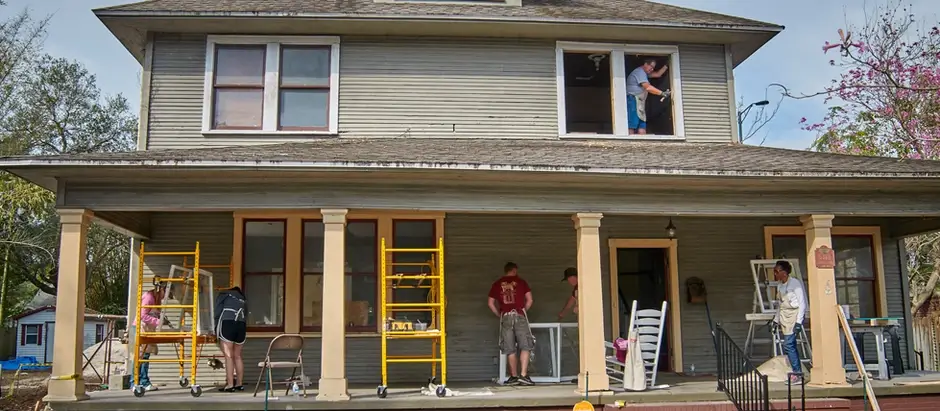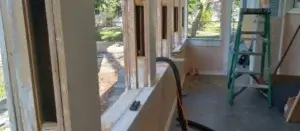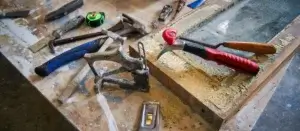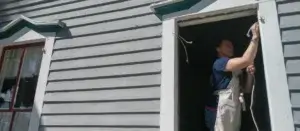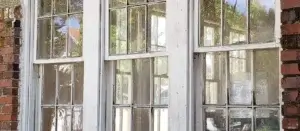When people call you to come look at their windows, it’s because they have problems. You got into Window Craft because it’s cool, it’s romantic, it’s the second career you always wanted, whatever. It never occurred to you that the pictures people post on Facebook and Instagram represent their best work and that windows can be a real problem.
You need a system to assess a job that both allows you to divide everything up into it’s component parts as well as communicate with your client and your team. The beginning of this system is the map. It’s just a rudimentary hand drawn map on a blank sheet of paper that locates visually where all the windows are. .
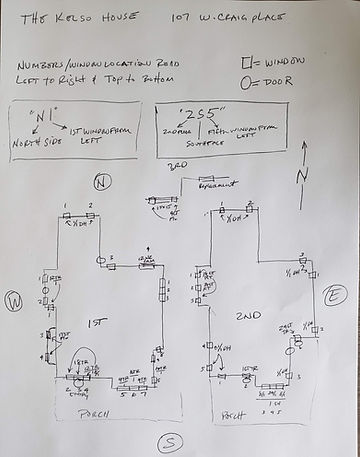
The way I do it, as long as I explain it, anyone can do. It’s easy. You orient your drawing so that it reflects the actual north, south, west and east sides of the house, so that the north side representation on your paper actually represents the north side of the house – and so on. Then you place a box where every window is. I will notate doors by a circle, just to make the distinction, because sometimes doors have windows right on top of them in the form of a transom.
Each box then gets a number, beginning on the left side of the page, numbering toward the right, for the north and south sides. For the west and east sides, the numbers run top to bottom. Both left to right and top to bottom are natural Western methods of reading and are somewhat natural. The first floor might read N2 or W4. The second floor might read 2N2 or 2W4. Third floor – 3N2 or 3W4 and so forth.
Once you have the map of the window locations, you are set up to communicate about what’s going on. You can say “2N3 has a rot problem in the sill” and “W6 has a piece of broken glass that needs repair.” Whether it’s the client or a team member – you have a way to quickly communicate. Everyone can quickly find the window referred to.
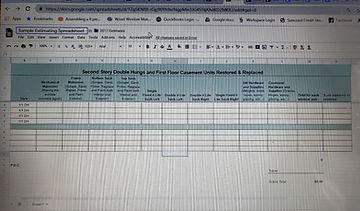
This same map makes it easy to generate different spreadsheets. I’ll often plug in the window location, the style of window, the treatments it needs and the prices associated with each. At that point I can send the spreadsheet directly to the client if need be. “Why is it so expensive?” a client might ask. It’s easy to communicate if you send a spreadsheet that breaks it down for them.
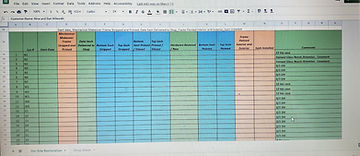
That same map and subsequent spreadsheet can then generate a job progress tracking spreadsheet that will help with all kinds of things, from tracking labor costs to progress billing. You might come up with some good ideas of your own.
It all begins with mapping out the window locations. When you’ve done that, communication is simplified and you set your self up to efficiently run a large sized project.
